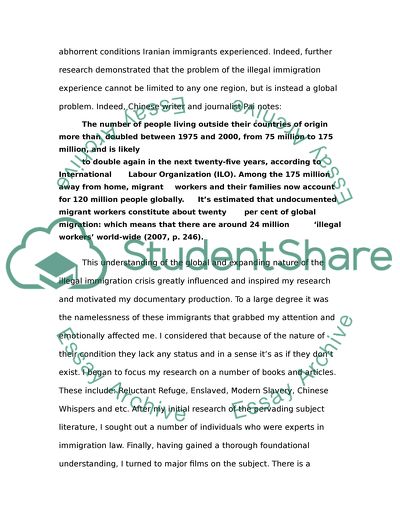Cite this document
(“Documentary Film journal Essay Example | Topics and Well Written Essays - 3250 words”, n.d.)
Retrieved from https://studentshare.org/journalism-communication/1393800-film-journal
Retrieved from https://studentshare.org/journalism-communication/1393800-film-journal
(Documentary Film Journal Essay Example | Topics and Well Written Essays - 3250 Words)
https://studentshare.org/journalism-communication/1393800-film-journal.
https://studentshare.org/journalism-communication/1393800-film-journal.
“Documentary Film Journal Essay Example | Topics and Well Written Essays - 3250 Words”, n.d. https://studentshare.org/journalism-communication/1393800-film-journal.


